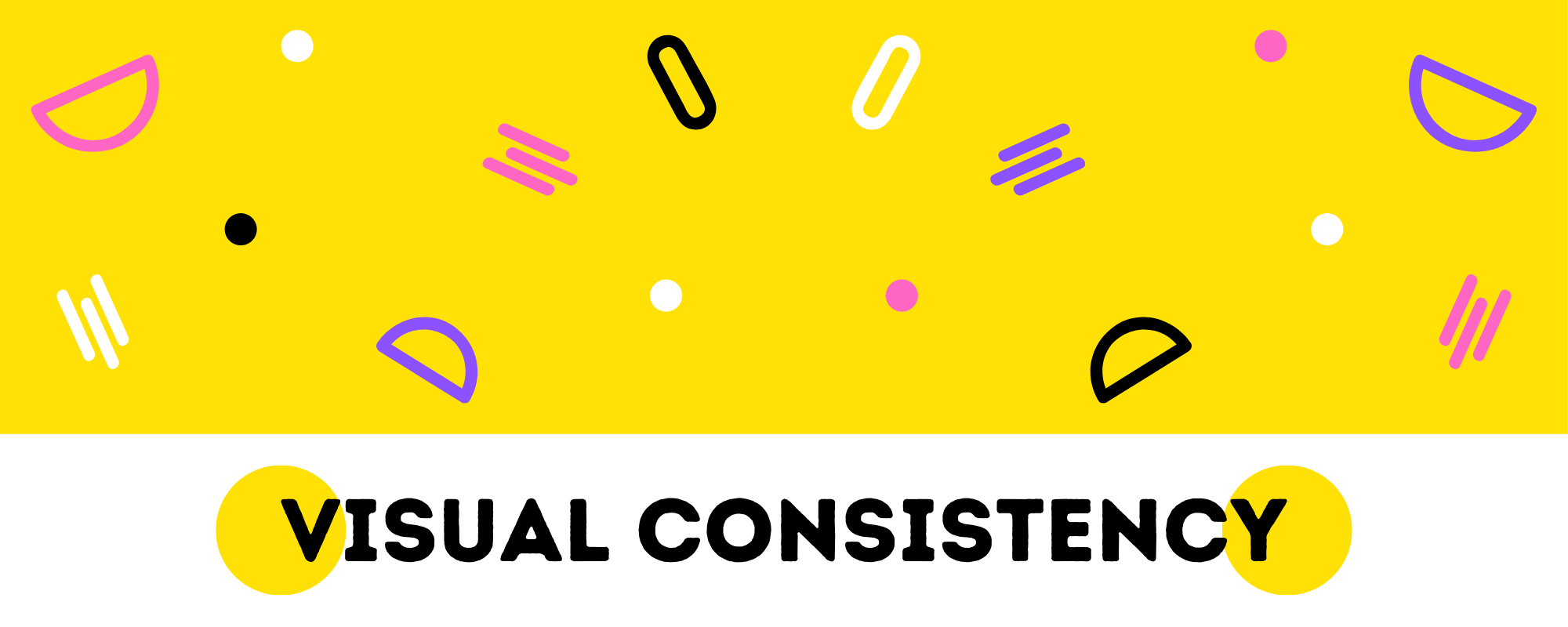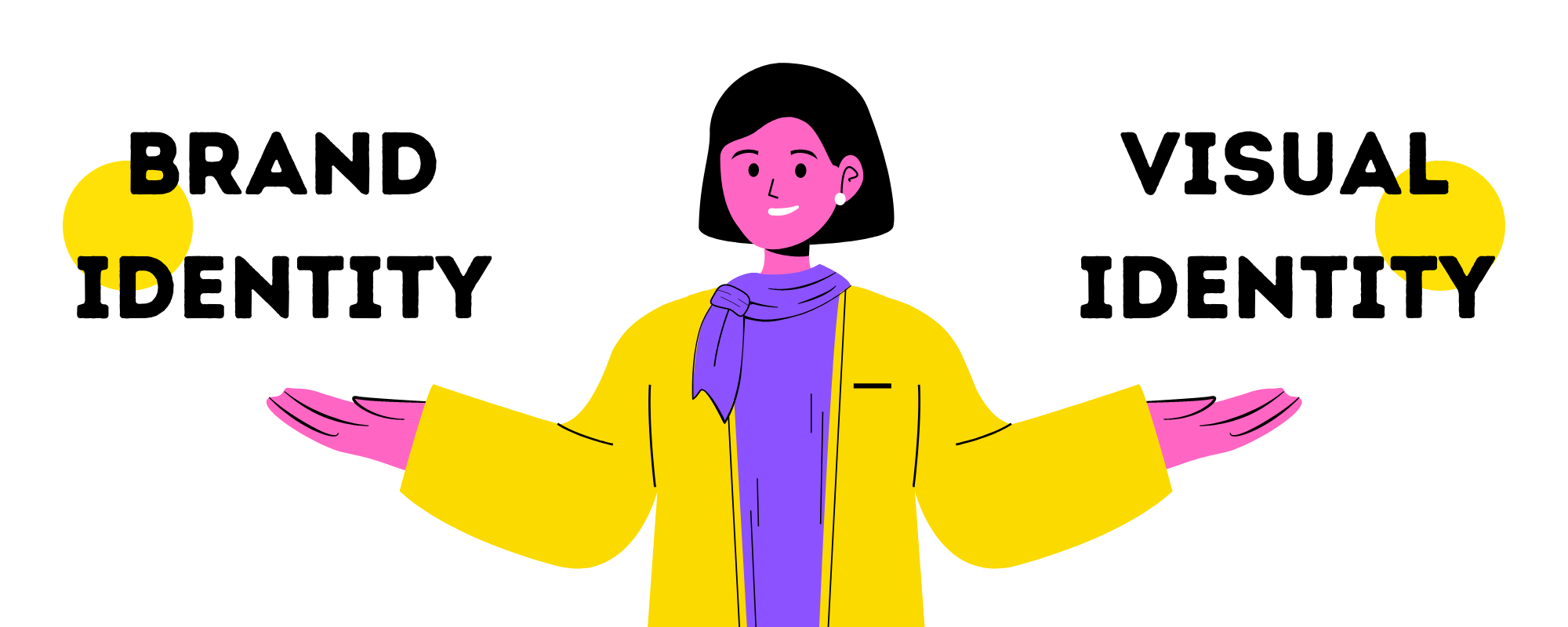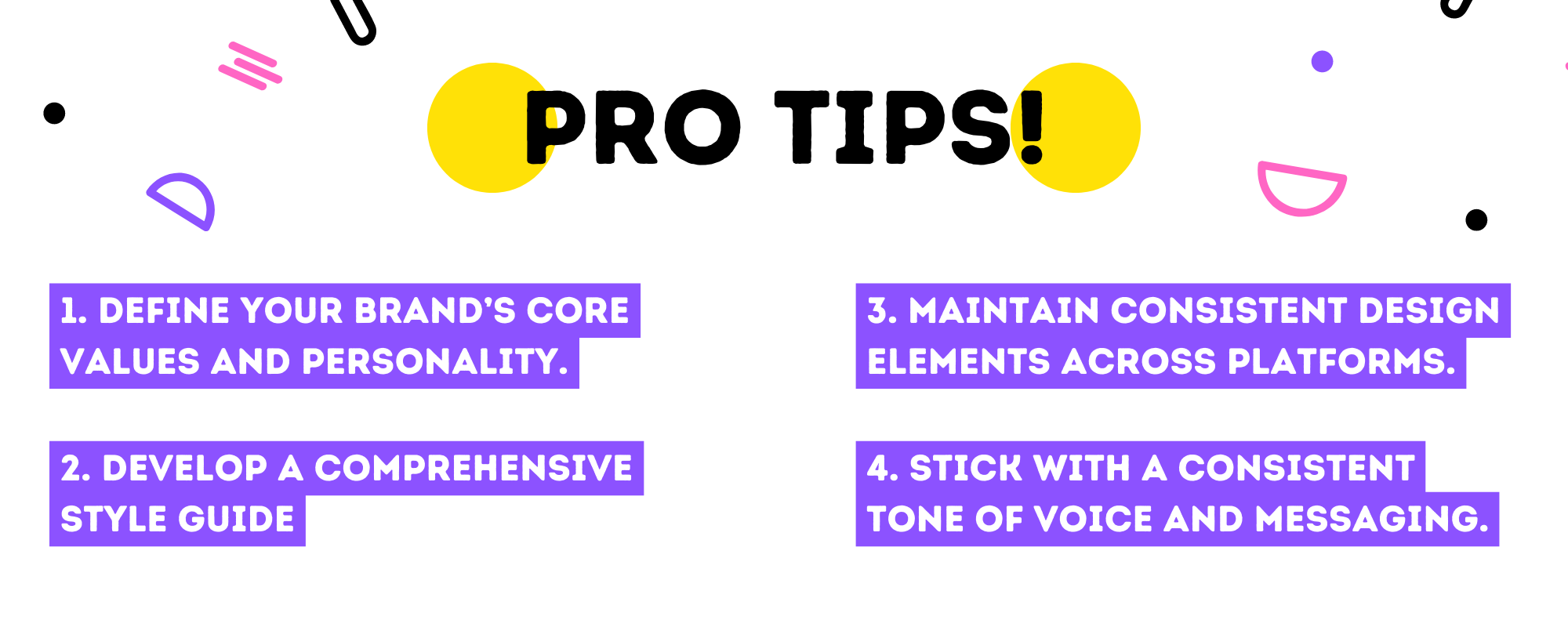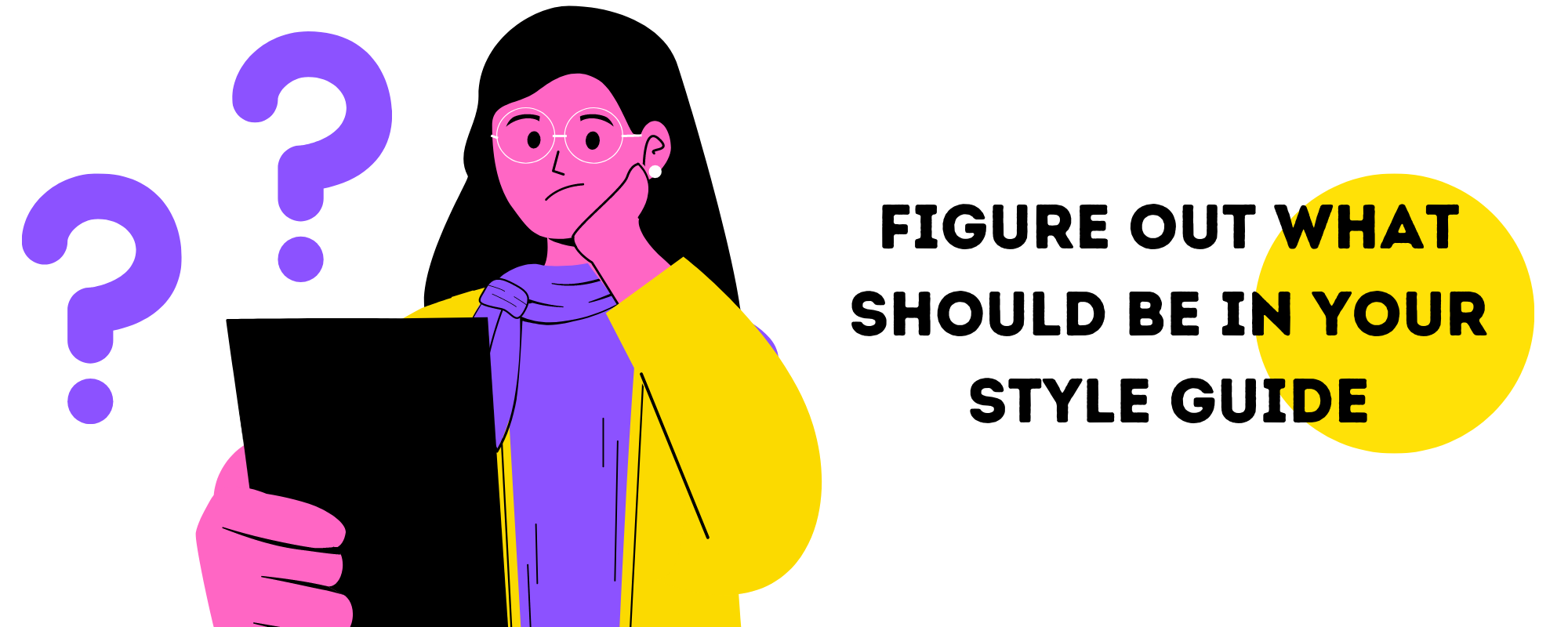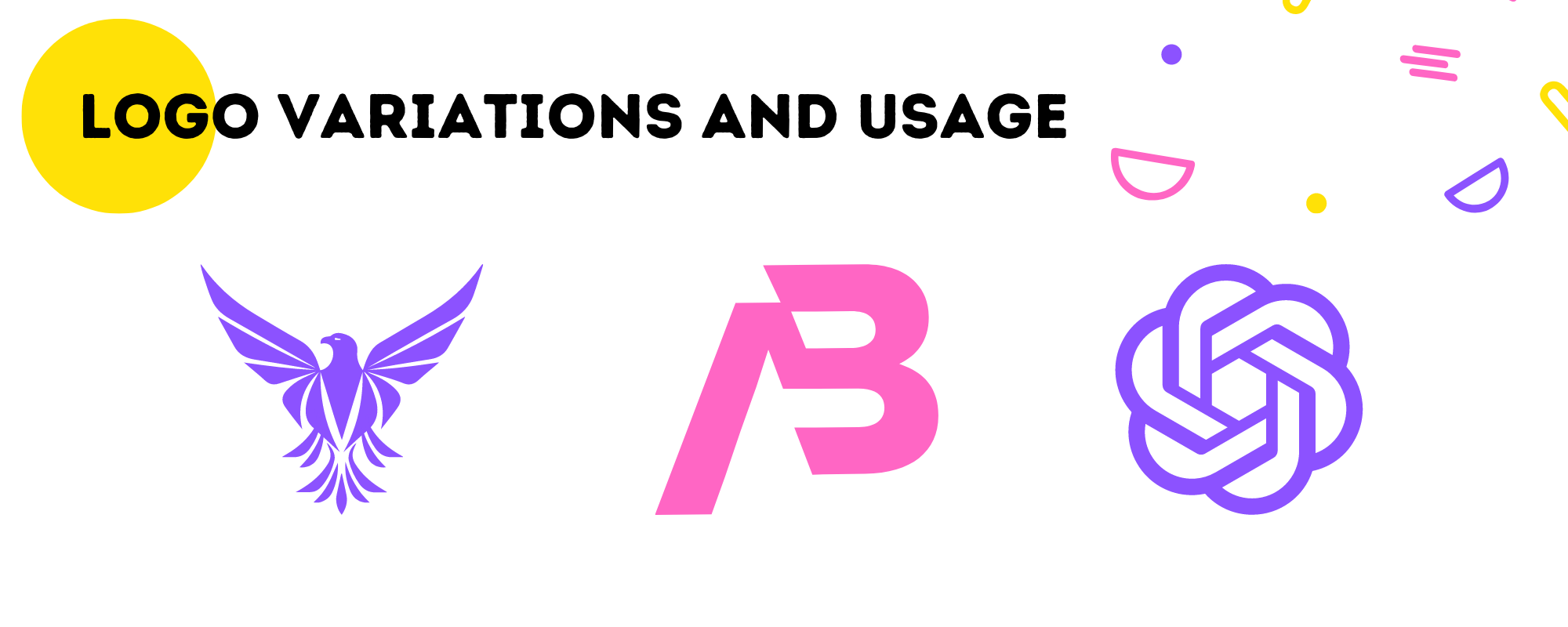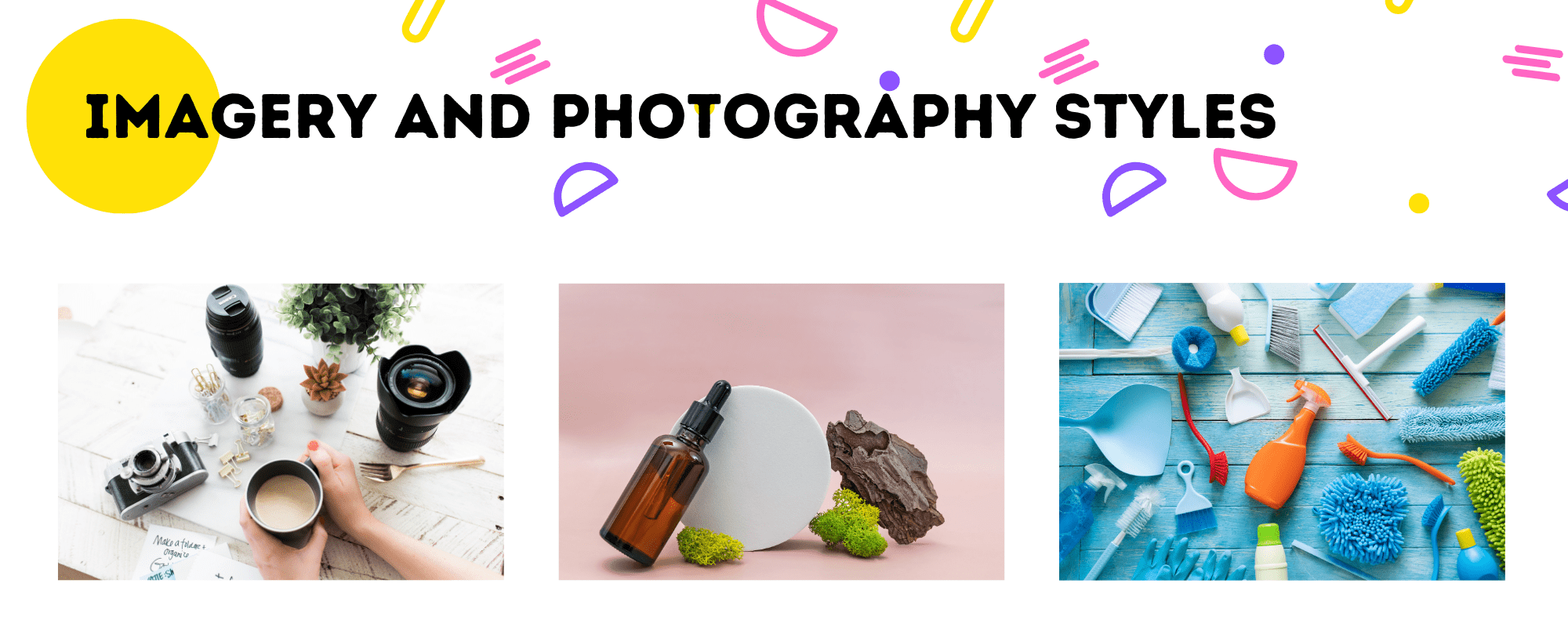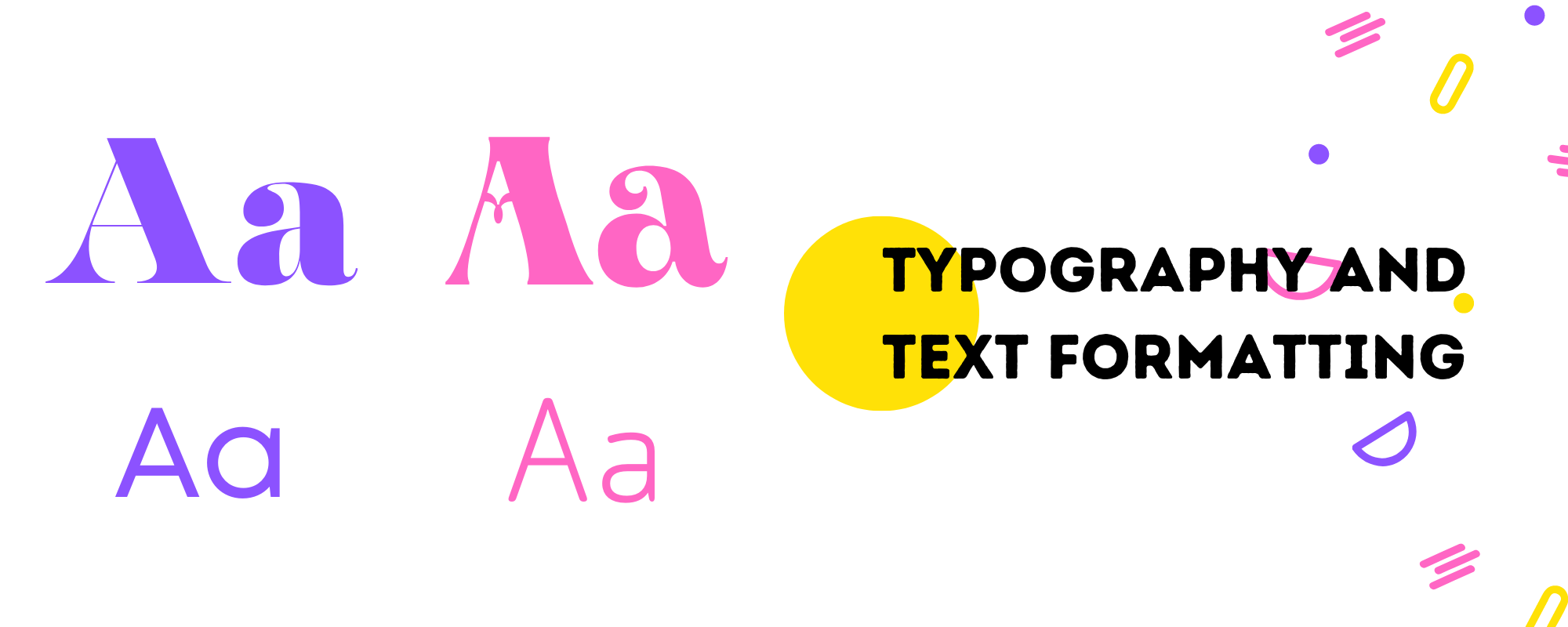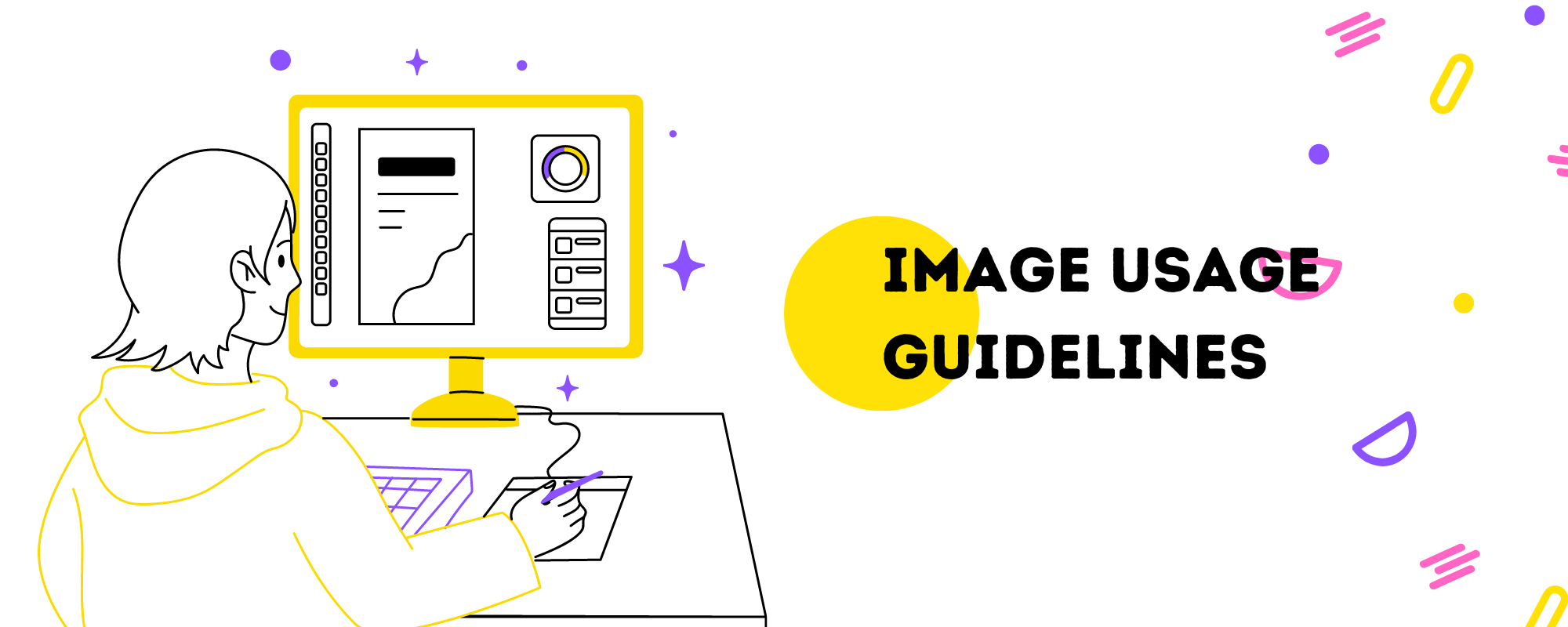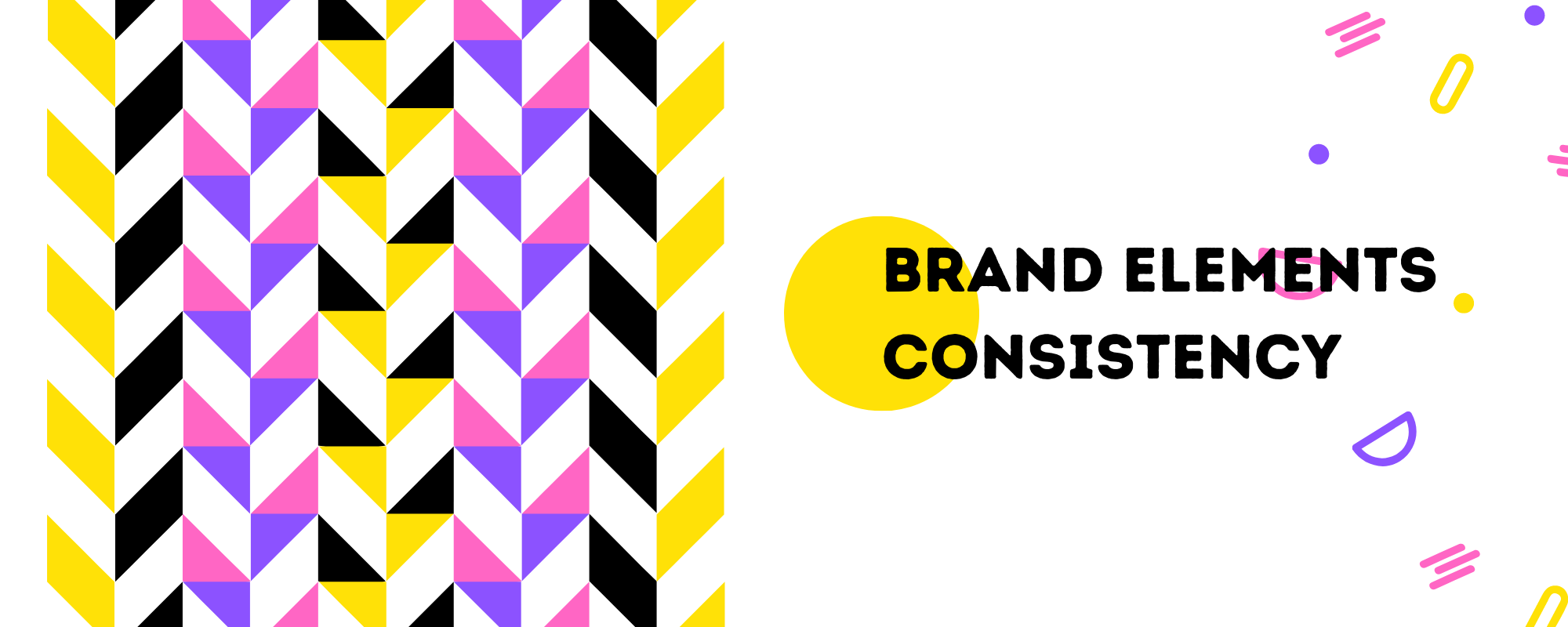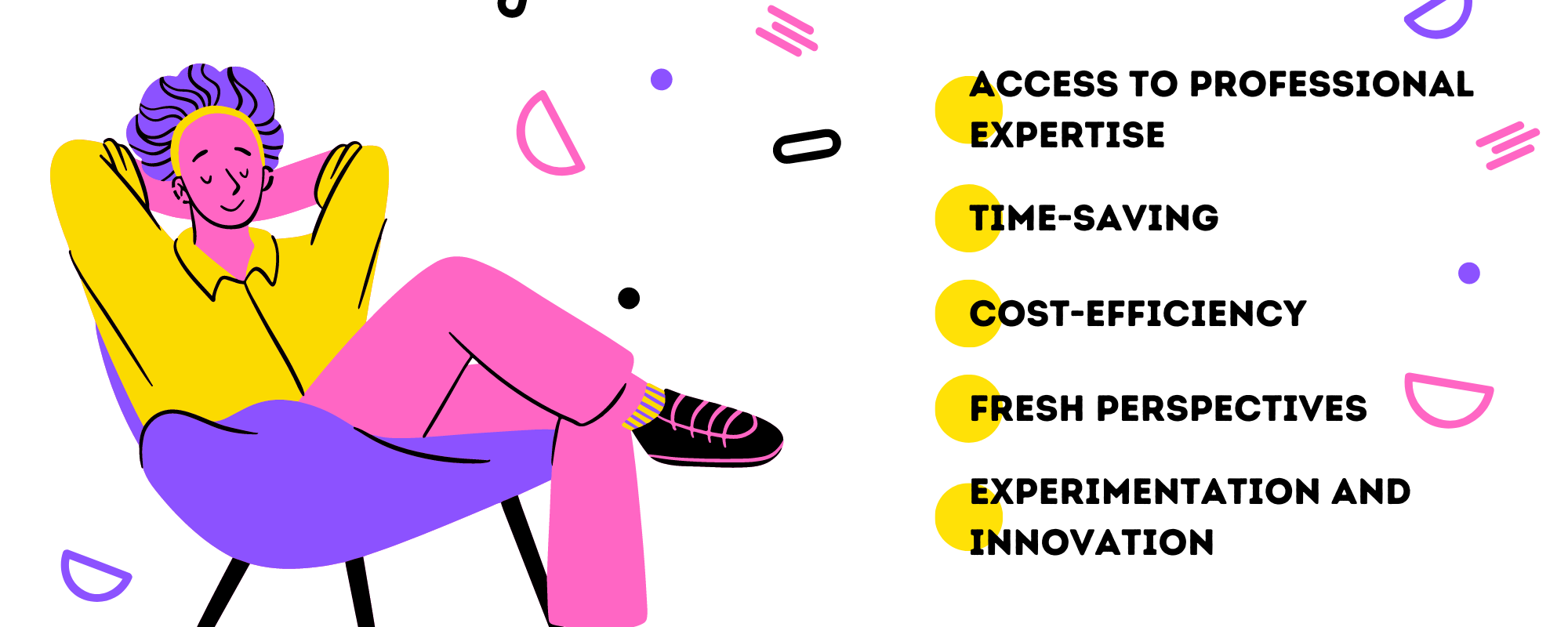
Building a Visual Identity: Consistency in Social Media Graphics
CATEGORIES
Tags
24/7 analytics australia automation Business Process Outsourcing company Copywriting CRM customer support data data and analytics Delegate digital digital advertising digital marketing Digital Support Staff ecommerce Email Management Email Marketing Entrepreneur Freelance Writers google ads graphic design Hiring Freelancers Marketing offshore offshoring ominchannel support organizer outsource Outsourcing Philippines Project management reporting seo seo audit Shopify Small Business social media Social media experts social media management United States video Virtual Assistant Virtual Team
With all the rising creativity in the market, brands today need to create a distinctive visual identity that can survive. And this visual identity is all about the visual elements that make your brand unique and recognizable. It’s the face of your brand.
From logos and colors to fonts and graphics, every detail plays a role in building your visual identity.
Now, when it comes to social media graphics, it’s even more important to create a consistent and recognizable look and feel. Think about it – with so many brands vying for attention on different social media platforms, you want to make sure your audience can spot you from a mile away.
Building a visual identity in social media graphics means crafting a cohesive style that remains consistent across all your posts, stories, and visuals.
Establishing Visual Consistency
Why do businesses need visual consistency? It contributes to how memorable and recognizable you become to your customers.
1. Brand Recognition
Consistent visual identity makes your brand memorable. Think about those iconic logos or color schemes that instantly come to mind when you hear certain brand names. That’s the power of consistency.
When your audience sees consistent visual elements across your website, social media, and other marketing materials, it helps them recognize and remember your brand more.
2. Professionalism and Credibility
Another perk is that consistent visual identity adds a touch of professionalism and credibility to your brand. It shows that you pay attention to the details and take your brand seriously.
When people see a consistent visual identity, they’re more likely to trust your brand and perceive it as reliable.
3. Cohesive Brand Experience
A consistent visual identity creates a cohesive brand experience across different touchpoints.
Whether it’s your website, social media profiles, advertisements, or packaging, a cohesive visual identity ensures that every interaction with your brand feels unified, reinforcing your brand’s values and message.
4. Differentiation in the Market
In a crowded marketplace, having a consistent visual identity sets you apart from competitors.
It helps you establish a unique and distinct brand presence, making it easier for consumers to identify and choose your brand over others.
Brand Identity vs. Visual Identity
Brand identity encompasses the overall perception and personality of your brand. It’s the essence of who you are as a brand, including your values, mission, voice, and the emotions you want to evoke in your audience.
Within brand identity is your visual identity, which specifically refers to the visual elements that represent your brand. It’s the tangible and visible aspect of your brand identity.
Visual identity includes things like your logo, colors, typography, imagery, and design style – all the visual components that create a cohesive and recognizable look and feel for your brand.
Think of brand identity as the soul of your brand and visual identity as the face of your brand. Brand identity is about the intangible aspects that shape how people perceive and connect with your brand, while visual identity is the tangible representation of those intangible elements.
When the two work harmoniously together, you create a powerful and cohesive brand experience that resonates with your audience on multiple levels.
Tips to Create Consistent Visual Identity
Your visual brand identity extends to your audience through business documents, including your values, personality, and message.
Make sure your visual components are uniform and appealing throughout all of your forms and channels when producing a report, a proposal, a presentation, or a newsletter.
Here are some tips to create consistent visual identity.
1. Define your brand’s core values and personality.
Your brand’s core values are the guiding principles and beliefs that drive your business. They shape your brand’s behavior, decisions, and interactions with your audience.
Your brand’s personality is the human characteristics and traits that you want your brand to convey.
To define your brand’s core values, ask yourself what your brand stands for and what you want to be known for. Consider the mission and purpose of your business. What are the principles and beliefs that are integral to your brand?
Think about the impact you want to make and the values you want to embody.
Next, think about your brand’s personality. Imagine your brand as a person – how would you describe their characteristics? Is your brand friendly, innovative, authoritative, playful, or sophisticated?
Understanding your brand’s personality helps create a consistent tone and style that resonates with your target audience.
2. Develop a style guide.
A comprehensive style guide establishes your consistent visual identity. It includes guidelines for fonts, color palette, logo usage, graphic elements, image and photography styles, layout and design principles, and tone of voice.
Fonts should be carefully selected, specifying primary and secondary fonts with guidelines for sizes and weights. The color palette should reflect the brand’s identity, defining primary, secondary, and accent colors with specific codes for consistent usage.
Logo usage guidelines ensure integrity and consistency, including minimum size, clear space requirements, and variations.
Graphic elements, such as icons and patterns, should have defined guidelines for usage. Image and photography styles should align with the brand’s personality and values, specifying preferred types, compositions, and editing techniques.
Layout and design principles encompass spacing, margins, and grids for a cohesive visual presentation.
Finally, guidelines for tone of voice contribute to a consistent brand experience, defining language, writing style, and messaging.
3. Maintain consistent design elements across platforms.
Make sure you use the same logo and profile picture across all your social media channels. This helps people instantly recognize your brand no matter where they encounter it online.
Another helpful approach is to create design templates for your posts and stories. Give your brand its own unique style that people can easily associate with your business.
Choose a set of fonts that reflect your brand’s personality and use them consistently in your social media graphics. Whether it’s for headings, captions, or text overlays, sticking to the same fonts will help establish a consistent visual identity.
Similarly, follow your brand’s color palette consistently to create a harmonious and cohesive color scheme.
4. Stick with a consistent tone of voice and messaging.
When it comes to maintaining a consistent tone of voice and messaging for your brand, define the writing style and language that best represents your brand’s personality and values.
Think about the tone you want to convey – whether it’s formal, friendly, or somewhere in between – and consider guidelines for sentence structure, grammar usage, and overall writing style.
These guidelines will ensure that no matter where your brand communicates, the tone and language remain consistent and authentic.
What should be included in your style guide?
When building your visual identity, it helps to construct a visual style guide.
While these elements may seem tiny in comparison to your company’s graphic design and marketing strategy, developing a style guide is an important step in ensuring that your copy is correct and consistent across all media.
A. Brand elements
1. Logo variations and usage guidelines
Have different versions of your logo for various situations, such as primary and secondary variations or simplified versions for smaller sizes.
Clear guidelines on when and how to use each logo variation ensures that your logo is presented consistently across different platforms and materials.
2. Typography guidelines (fonts, sizes, hierarchy)

Choose fonts that reflect your brand’s personality and specify their usage for different purposes like headings, body text, and captions.
Determine font sizes, hierarchy, and any special formatting guidelines to maintain a cohesive and unified look in your brand’s written materials.
3. Color palette (primary, secondary, and accent colors)
Define a set of primary, secondary, and accent colors that represent your brand. Make sure to include specific codes or values for each color to ensure consistency.
This way, whether it’s on your website, social media posts, or printed materials, your brand’s colors will be instantly recognizable and create a strong visual association.
4. Graphic elements (icons, patterns, textures)
Graphic elements, such as icons, patterns, and textures, can add visual interest and reinforce your brand’s identity. Place guidelines for their size, color, and where they should be applied.
5. Image and photography styles
Consider the style of images and photography you use. Determine the preferred styles that align with your brand’s personality and values. This includes guidelines for the types of images, compositions, filters, or editing techniques that should be used.
Consistency in image and photography styles helps to create a unified and recognizable visual aesthetic.
B. Design guidelines for social media graphics
1. Template specifications (dimensions, layouts, grids)
Take a look at the dimensions, layouts, and grids that work best for the specific social media platforms you’re targeting.
Each platform may have different requirements, so make sure your templates are tailored accordingly.
2. Typography and text formatting guidelines
Choose fonts that reflect your brand’s personality and specify their usage for different elements like headings, body text, and captions.
Pick good font sizes, weights, and formatting options like bold or italic so your message is easily readable by your audience.
3. Image usage guidelines (filters, editing styles)
Use your preferred image filters, editing styles, or any specific treatments that align with your brand’s aesthetic. Image consistency helps create a cohesive and visually appealing look across your social media presence.
4. Consistent use of brand elements in graphics
Incorporate your logo in a way that is prominent yet not overpowering. Strategically pick your brand’s colors to create visual harmony and reinforce brand recognition.
Make use of your graphic elements, such as icons or patterns, in a purposeful way that enhances your brand’s visual identity.
Outsourcing Visual Identity
Outsourcing your visual identity enables you to focus on your core operations while ensuring the professional handling of their brand’s design. This empowers businesses to stay ahead of the competition by accessing the necessary resources and expertise to establish a powerful and unforgettable brand presence.
What aspects of visual identity can you outsource?
1. Logo and icon redesigns
If you’re looking to give your logo a fresh new look or create captivating icons that capture your brand essence, outsourcing these tasks to skilled graphic designers or design agencies can be a smart move.
They have the creativity and expertise to create visually appealing designs that truly represent your brand.
2. Layout templates for social media images
Creating consistent and eye-catching social media graphics can be time-consuming.
Outsourcing the development of layout templates to a design agency or freelancer can save you time and ensure that your graphics have a cohesive and professional look across different platforms.
3. Style guide development and consulting
Developing a comprehensive style guide is essential for maintaining consistency in your visual identity.
Outsourcing this task to a branding agency or consultant can ensure that your style guide includes all the necessary elements, such as fonts, colors, logo usage guidelines, and more.
4. Audience research and analysis
Understanding your target audience is crucial for developing a visual identity that resonates with them. Outsourcing audience research and analysis to market research firms or specialized agencies can provide valuable insights into your audience’s preferences, helping you tailor your visual identity accordingly.
5. Competitor research and analysis
Outsourcing competitor research to marketing research firms or agencies helps you gain insights into your competitors’ visual identities and ensure your own visual identity is distinctive and unique.
Benefits of outsourcing visual identity
When you bring in creative support from outside, you open up a world of advantages that can give your brand a competitive edge.
1. Access to professional expertise
Outsourcing gives you access to professional designers who are experts in their field. They know all the ins and outs of design, from crafting eye-catching logos to creating stunning web designs and packaging.
Their expertise can elevate your brand and make a memorable impression on your audience. And it’s not just for big businesses. Even small businesses can benefit from the visual quality that professionals bring.
2. Time-saving
Another perk is the time you save. Instead of spending hours trying to master design software or brush up on branding concepts, you can leave it to the experts.
Once you provide them with the necessary details, all you have to do is review and approve their designs. This frees up your time to focus on other important aspects of your business that require your attention.
3. Cost-efficiency
When you outsource, you only pay for the specific design services you need. Hiring an in-house designer may not be financially viable until your business grows.
Working with freelancers or design companies helps you keep your expenses in check while still getting top-notch designs for your brand.
4. Fresh Perspectives
An outside perspective can also work wonders for your branding. Sometimes, it’s best to let someone impartial take a look at your business and decide the best way to create a positive impression.
Freelancers or agencies can view your brand with fresh eyes and bring valuable insights to the table.
5. Experimentation and Innovation
Outsourcing allows you to experiment with new styles and design approaches. You and your team might have some design skills, but what if you want to try something completely different?
Bringing in external designers gives you the opportunity to explore and test new ideas without limitations.
Conclusion
Your brand’s visual identity can truly make a difference for your brand. With the help of professional designers, you can take your brand image to a whole new level.
Their expertise and creative flair will set you apart from your competitors and make your brand stand out.
The best part? You can outsource it. Outsourcing saves you time and money, allowing you to focus on other important aspects of your business.
Whether it’s a captivating logo, eye-catching designs, or maintaining consistency across platforms, outsourcing your social media graphics will give your brand a professional, consistent, and distinctive identity.
Discover the benefits of outsourcing and watch your brand flourish today.


